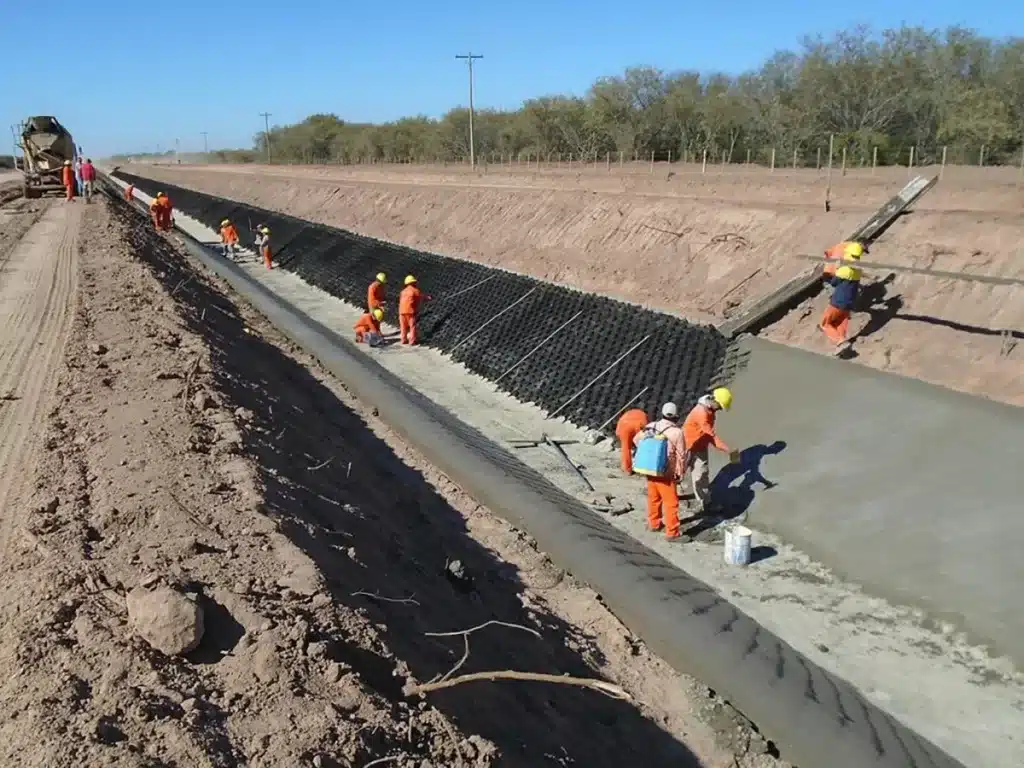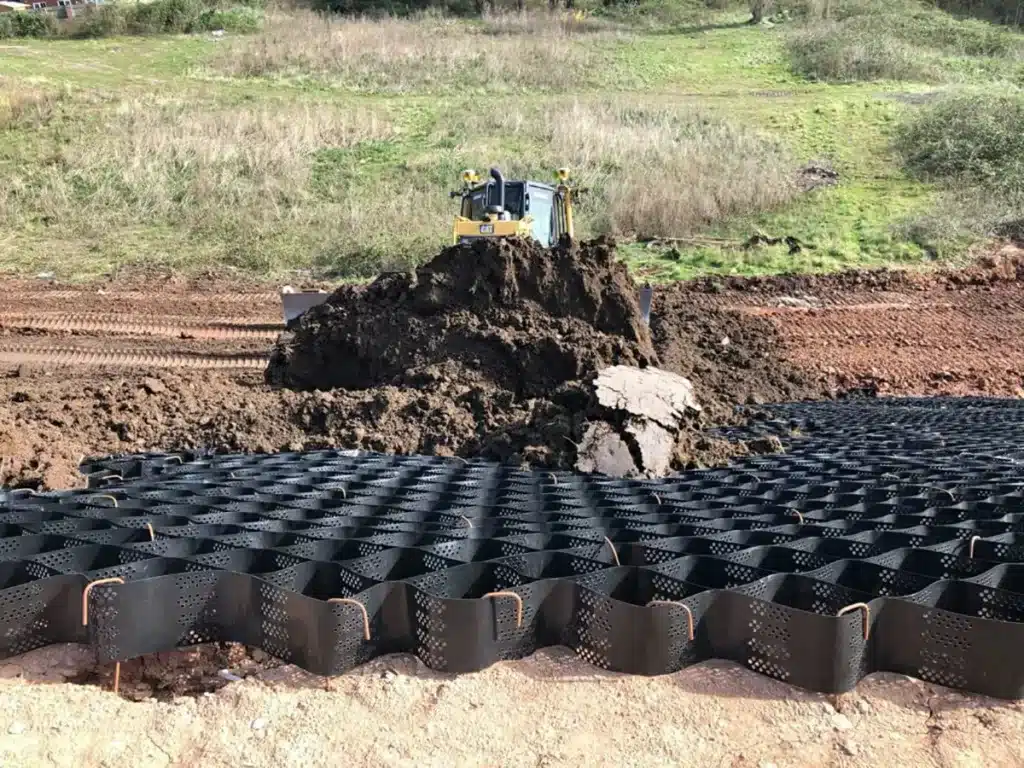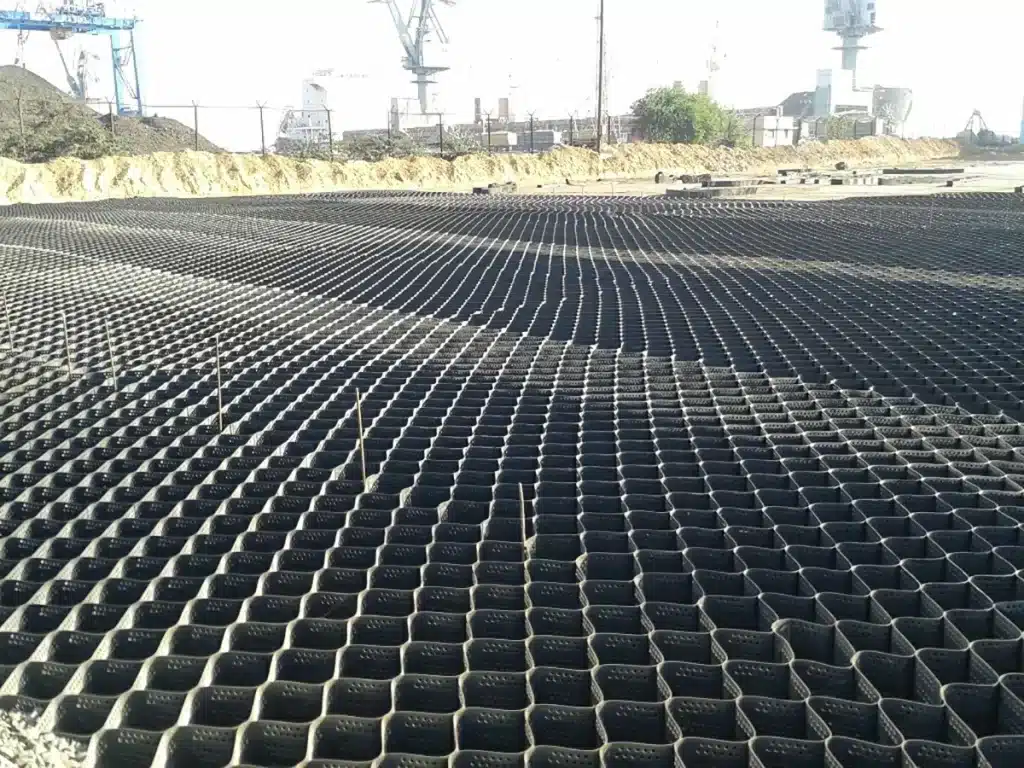+86-159 9860 6917
info@geofantex.com
geofantex@gmail.com
+86-400-8266163-44899
High-density polyethylene (HDPE) has emerged as a crucial material in various construction and environmental applications, particularly in the manufacture of GeoCell systems. As the demand for durable and cost-effective construction materials rises, HDPE for sale offers a promising solution. This article delves into the specifics of GeoCell technology, exploring its costs, materials, and distinguishing features, especially in comparison to other polymers like PVC.
What is the cost of GeoCell per square meter?
The cost of GeoCell per square meter can vary widely depending on several factors, including the type of GeoCell, its height, material quality, manufacturer, and the region where it is purchased. On average, the price typically ranges from $5 to $15 per square meter. However, for specialized or higher-quality GeoCells, the cost might be higher.
For the most accurate pricing, it is recommended to request quotes from suppliers or manufacturers based on your specific project needs.

What materials are used in HDPE GeoCell?
HDPE GeoCell, a type of cellular confinement system used for soil stabilization and erosion control, is primarily made from High-Density Polyethylene (HDPE), which is known for its strength, flexibility, and resistance to environmental stress. Here are the key materials and components involved in HDPE GeoCell:
- High-Density Polyethylene (HDPE): The primary material used to manufacture GeoCell. HDPE is chosen for its durability, UV resistance, and ability to withstand chemical and biological degradation. It provides the structural integrity needed for the cells to maintain their shape and support loads.
- Carbon Black: Often added to HDPE to enhance its resistance to UV radiation. This prevents the material from degrading when exposed to sunlight over long periods, increasing the lifespan of the GeoCell.Additives: Various chemical additives are mixed with HDPE to improve its performance characteristics. These additives can include antioxidants, which protect the material from oxidation, and other stabilizers that enhance its resistance to heat and stress cracking.
- Welding and Sealing Materials: The seams and joints of the GeoCell are often welded or sealed using specialized techniques and materials to ensure they are secure and can withstand the stresses of installation and usage.
These components work together to create a durable and long-lasting GeoCell product suitable for various civil engineering applications, including slope stabilization, load support, and erosion control.
What is GeoCell plastic?
- Definition and Composition: GeoCell plastic is a three-dimensional cellular structure made from high-density polyethylene (HDPE) or similar polymers. It’s designed for soil stabilization, erosion control, and load support.
- Manufacturing Process: The manufacturing involves extruding the plastic into a series of interconnected cells, which are then typically expanded and configured into a grid-like structure.
- Applications and Benefits: Commonly used in civil engineering, landscaping, and construction, GeoCell plastic improves ground stability, reduces erosion, and enhances drainage. Its lightweight nature makes it easy to install, and its flexibility allows for use in various terrains.
- Environmental Considerations: While GeoCell plastic is durable and can reduce soil erosion, concerns exist regarding its long-term environmental impact, particularly related to plastic pollution. Efforts to recycle and innovate more eco-friendly materials are ongoing.
What is the difference between PVC and HDPE Geomembrane?
Physical and Chemical Properties
- PVC:
- Flexible and lighter weight.
- Lower chemical resistance; susceptible to degradation by UV exposure unless stabilized.
- HDPE:
- Rigid and heavier; offers excellent chemical resistance.
- UV-stable and suitable for prolonged outdoor exposure.
Durability
- PVC: Generally has a shorter lifespan due to potential degradation and less puncture resistance.
- HDPE: Known for high durability, long-term performance, and resistance to environmental stressors.
Cost-Effectiveness
- PVC: Typically lower initial cost, but potential higher long-term maintenance costs.
- HDPE: Higher upfront cost, but lower maintenance and longer lifespan can lead to overall cost savings.
Installation Processes
- PVC: Easier to handle and install due to its flexibility; often requires heat welding.
- HDPE: Requires specialized techniques for installation, such as extrusion welding, which may increase labor costs.
Applications
- PVC: Commonly used in applications like liners for ponds, canals, and some landfills.
- HDPE: Preferred for high-stress applications, including hazardous waste containment, landfill caps, and mining.
Industry Standards
- Both materials are governed by standards such as ASTM D4437 for installation and performance, but specific performance criteria may vary.
Summary Table of Key Differences
| Aspect | PVC | HDPE |
|---|---|---|
| Flexibility | High | Moderate to low |
| Chemical Resistance | Moderate | High |
| UV Stability | Requires stabilization | Excellent |
| Installation Ease | Easier | More complex |
| Cost | Lower initial cost | Higher initial cost |
| Lifespan | Shorter | Longer |
| Common Applications | Ponds, canals | Hazardous waste, landfills |
This structured comparison should help you in understanding the ultimate differences between PVC and HDPE geomembranes for your project.
HDPE GeoCell systems represent a versatile and economical solution in modern construction and environmental projects. With their cost-effectiveness, flexibility, and durability, these systems leverage the beneficial properties of HDPE to address challenges like soil stabilization and erosion control. As the market for HDPE for sale grows, understanding the nuances between HDPE and other materials like PVC is crucial for selecting the right geomembrane for specific applications, ensuring both efficiency and environmental compatibility in projects around the globe.



Get Free Sample
We’ll respond as soon as possible(within 12 hours)






















